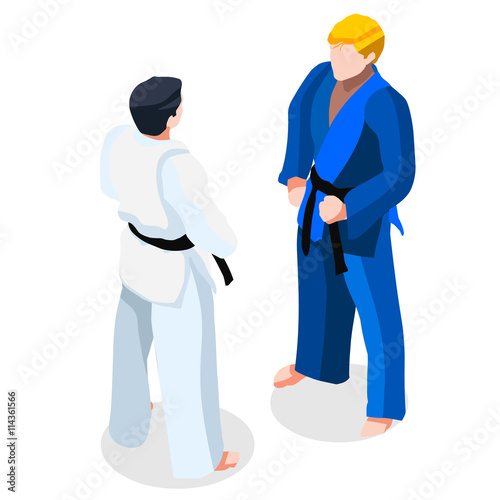The Development And Historical Context Of Martial Arts Worldwide
The Development And Historical Context Of Martial Arts Worldwide
Blog Article
Content By-Wilcox Fallon
Martial arts have a remarkable background that extends centuries and continents. You may locate it interesting exactly how old methods like Shuai Jiao and Kalaripayattu laid the groundwork for modern-day battle techniques. These disciplines not only emphasize physical abilities yet also reflect the cultures that birthed them. As you discover their evolution, take into consideration just how globalization has transformed these conventional kinds right into crossbreed styles. What impacts do you assume have formed today's martial arts landscape?
Ancient Martial arts: The Foundations of Fight
As you look into the world of ancient martial arts, you'll find the abundant structures that formed combat methods throughout societies. Early methods focused on Self-Defense and survival, usually integrating strikes, grappling, and weapons.
In old China, for instance, techniques like Shuai Jiao highlighted tosses and joint locks, while India's Kalaripayattu showcased dexterity and fluid motion. Japanese samurai created Kenjutsu, a refined swordsmanship that highlighted self-control and strategy.
krav maga worldwide served not just for battle however additionally as a means of personal development, instilling values like respect and determination. The blending of these methods with time prepared for the varied martial arts you see today, each reflecting the unique viewpoints and demands of its society.
The Cultural Impact on Martial Arts Advancement
While martial arts often show the sensible requirements of a culture, they likewise symbolize the cultural values and beliefs of their origins. When you check out various martial arts, you'll notice how they're influenced by religion, philosophy, and social norms.
For example, the focus on respect and technique in Japanese martial arts originates from Zen Buddhism and samurai society. On the other hand, Brazilian Jiu-Jitsu advertises flexibility and technique, formed by the need for effectiveness in a diverse, modern setting.
You may find that the routines, attires, and training techniques mirror an area's history and identity. By comprehending these social influences, you deepen your gratitude of martial arts and their duty in shaping human experiences across the globe.
Modern Adaptations and the Globalization of Martial arts
Martial arts have transformed considerably in current years, adapting to modern culture and global impacts. You'll see that traditional kinds have combined with contemporary techniques, producing hybrid styles like MMA. Recommended Studying deal with diverse audiences, making martial arts obtainable and enticing around the world.
With the surge of social networks and electronic platforms, you can find tutorials and competitors from all corners of the world, damaging geographical barriers. https://mylesubgot.weblogco.com/35193018/discover-the-emotional-and-psychological-rewards-of-martial-arts-educating has caused a common admiration for different techniques, from Brazilian Jiu-Jitsu to Taekwondo.
As you engage with these arts, you'll recognize they're not nearly fight; they promote physical fitness, discipline, and psychological wellness.
Ultimately, contemporary adjustments have enhanced the martial arts landscape, making it a dynamic and developing method.
Final thought
In exploring the history and development of martial arts, you reveal an interesting mix of strategies, cultures, and viewpoints. From ancient disciplines like Shuai Jiao and Kalaripayattu to the modern flexibility seen in mixed martial arts, martial arts mirror humankind's mission for Self-Defense and personal development. As you engage with these methods, you not just obtain abilities but likewise a much deeper gratitude for the varied customs that form our world today. So, proceed simply click the following page and accept the art of battle!
